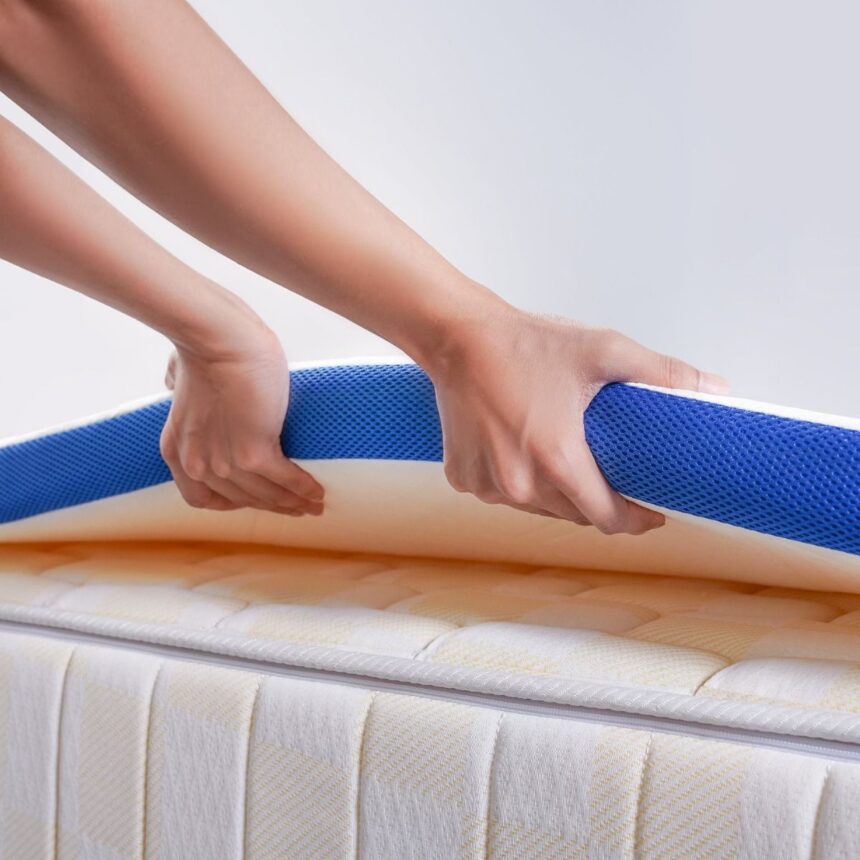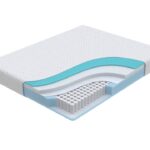A comfort corrector or topper is a type of mattress topper designed to adjust the performance characteristics of the bed. As a rule, a comfort corrector is purchased in addition to an existing bed, the characteristics of which are no longer satisfactory to the sleeper.
How To Choose A Mattress Topper
Mattress topper is a special bedding that performs a protective or corrective function for your bed.
Protective ones, as a rule, are mattress covers – moisture-resistant or hygienic, which are designed to protect the sleeping place from dust and moisture. Thanks to the fact that the mattress cover is easy to wash in the washing machine, you can always refresh your sleeping place.
The topper is attached to the mattress with elastic bands in the corners, thereby preventing it from “moving” from the bed.
There Are A Lot Of Ways To Use Toppers, Here Are Some Of Them:
- The comfort corrector is thick enough to combine two single mattresses and eliminate the feeling of seam between them
- will help to cope with temporary deformation of the mattress – a spring that has come out or a squeezed place
So, based on the use of a mattress topper, we can distinguish the main functions of comfort correctors:
- Evens out the surface of the bed
- Smoothes out pressed/protruding places (eliminates deformations)
- Softens a surface that is too stiff or stiffens a surface that is too soft
- Regulates the temperature of the bed (winter wool mattress topper)
- Combines two single mattresses
When choosing a mattress topper, be sure to familiarize yourself with its composition, because its properties will depend on the properties of the selected material.
A topper is a kind of demo version of a large mattress that has all the anatomical properties, so the recommendations for caring for it will be similar to the recommendations for mattresses.
To extend the life of the comfort corrector, use a protective cover that can be refreshed if necessary, which will protect the mattress topper from unwanted moisture and dust, ventilate the bed, do not wash the comfort corrector itself, because this can lead to deformation of materials, and therefore the loss of consumer properties.






